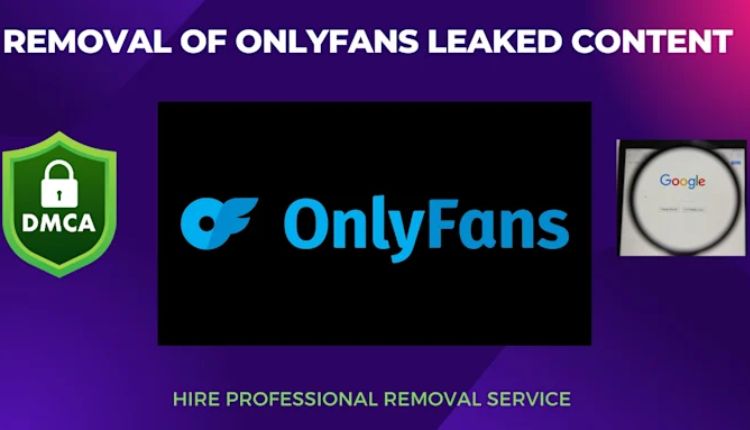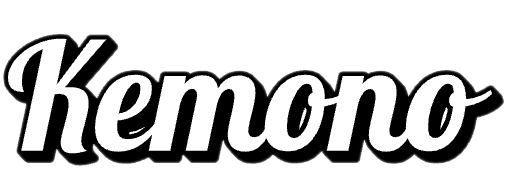Legalities Of OnlyFans Leaks Website

onlyfans leaks website
What sets it apart is its subscription-based OnlyFans leaks websites, wherein enthusiasts pay a monthly fee to get access to content from their favourite creators. While many use it for health, ways of life, and educational content, the platform is broadly related to personal content because of its liberal content rules. This recognition has, unfortunately, attracted illegal activities along with unauthorised sharing of special content material on OnlyFans leak websites.
What Are OnlyFans Leaks Websites
Contents
- 1 What Are OnlyFans Leaks Websites
- 2 The Legal Implications of OnlyFans Leaks
- 3 Impact on Content Creators and OnlyFans leaks websites
- 4 Privacy and Security Concerns Related to OnlyFans Leaks
- 5 The Role of Technology in Combating OnlyFans Leaks
- 6 How Creators Can Protect Themselves
- 7 Public Awareness and OnlyFans leaks websites
- 8 Law Enforcement and International Jurisdiction Challenges
- 9 Moral Responsibility of Hosting Providers and Domain Registrars
- 10 Psychological Effects on Victims of OnlyFans leaks websites
- 11 The Bottom Lines
OnlyFans leaks websites are systems where paid and private content from OnlyFans is shared without the writer’s permission. These websites perform illegally and frequently host stolen content, which could encompass photos, films, or even non-public messages. The leaks may also come from hacked money owed, insider sharing, or users who breach content agreements by way of downloading and redistributing paid materials. These websites not only violate the intellectual property rights of creators but also threaten their privacy, safety, and income.
The Legal Implications of OnlyFans Leaks
Distributing content from OnlyFans leaks websites without consent is a direct infringement of copyright regulations. In many jurisdictions, it also constitutes a breach of agreement, given that customers agree not to redistribute the content they have access to.
When content material is leaked online, creators have legal grounds to pursue the offenders through digital rights control tools, give up and desist notices, or even criminal prosecution. The Digital Millennium Copyright Act (DMCA) presents a mechanism for creators to issue takedown requests to sites that host or distribute their stolen content material. However, a lot of those leak websites are hosted in areas with weak enforcement, making it difficult to completely get rid of the problem.
Impact on Content Creators and OnlyFans leaks websites
For many creators, OnlyFans leaks websites is a primary source of profits. The unauthorised sharing of their content material no longer simply reduces their subscriber base; it also damages their professional reputation. Leaks can result in harassment, undesirable exposure, and psychological misery. Since many creators function independently without the backing of huge media corporations, their capability to combat these leaks is restrained. Legal battles are high-priced, and the process of putting off stolen content from the net may be both time-consuming and emotionally draining.
Privacy and Security Concerns Related to OnlyFans Leaks
The effects of leaked content go beyond economic loss. Often, non-public records along with names, email addresses, and even locations are uncovered in leaked content. This compromises a creator’s privacy and might open the door to stalking, doxxing, and blackmail. In severe instances, creators have been pressured to alter their identities or depart the platform entirely.
Additionally, customers who get access to leaked content might also unwittingly expose themselves to cybersecurity threats, as lots of these leak websites are riddled with malware, phishing schemes, and invasive advertisements.
The Role of Technology in Combating OnlyFans Leaks
To counteract the hassle of leaks, OnlyFans leaks websites and other content systems are investing in superior protection technology. These consist of watermarking structures, fingerprinting content material, and using AI-based algorithms to tune down unauthorized distributions.
Moreover, 0.33-party content safety services provide DMCA takedown equipment and copyright monitoring throughout websites and social media platforms. The blockchain era is likewise being explored as a means to secure digital rights by creating immutable possession statistics of content.
How Creators Can Protect Themselves
While the obligation of content protection largely falls on the platform, creators can also take proactive steps to shield their content. Using unique watermarks on content can help become aware of the supply of leaks. Regularly searching for their content on piracy websites and the use of equipment like reverse photo search or specialised monitoring offerings can help creators react fast to violations. Legal education is also crucial—knowledge of copyright legal guidelines and knowing how to file DMCA court cases empowers creators to take control of their rights.
Public Awareness and OnlyFans leaks websites
One of the underlying issues within the unfolding of OnlyFans leaks is a lack of understanding and admiration for virtual asset rights among net customers. Consuming leaked content now not only handily harms the creators but also perpetuates an unethical and unlawful environment. Promoting attention to the actual global outcomes of piracy is essential. Ethical intake involves respecting creators’ work, recognizing that content has a price, and acknowledging the hard work and effort behind it.
Law Enforcement and International Jurisdiction Challenges
Many OnlyFans leaks websites operate outside of the U.S. or European jurisdictions, regularly in nations where copyright enforcement is lax or nonexistent. This poses a big task for law enforcement agencies. Even while a takedown request is issued, the website may additionally reappear below a special area.
International cooperation among cybersecurity devices, governments, and private firms is essential to create effective frameworks for cross-border enforcement. While some governments have started to address the difficulty with harsher online piracy laws, worldwide enforcement remains inconsistent.
Moral Responsibility of Hosting Providers and Domain Registrars
Web hosting carriers and area registrars play a role in allowing or disabling entry to OnlyFans leak websites. When court cases are raised, ethical companies will frequently drop or take down such websites. However, not all carriers are cooperative, mainly those working in unregulated territories. Advocacy and pressure on these providers to adopt more potent anti-piracy regulations can be a powerful measure. Transparency reports and industry-wide requirements can also beautify accountability.
Psychological Effects on Victims of OnlyFans leaks websites
Victims of content leaks often face more than just financial repercussions. The emotional toll can be large, in particular when personal or intimate content is exposed to a global target market. Feelings of violation, tension, and helplessness are common. The disgrace and stigma associated with grown-up content material can accentuate the mental impact. Mental health assistance and getting admission to counseling are crucial offerings that need to be made available to affected creators, mainly as the creator financial system continues to grow.
The Bottom Lines
The proliferation of OnlyFans leaks websites leak websites reflects a broader issue in the digital age—how society handles privacy, consent, and digital property. While technological advancements and felony equipment provide some level of safety, the struggle against content leaks is ongoing. A multi-faceted approach involving creators, structures, prison systems, hosting services, and the public is necessary to create safer surroundings for online creators. Respecting digital limitations and supporting creators via ethical intake is not just a criminal requirement—it’s a moral one. As the internet evolves, so too should our knowledge and protection of personal rights in the virtual area.








